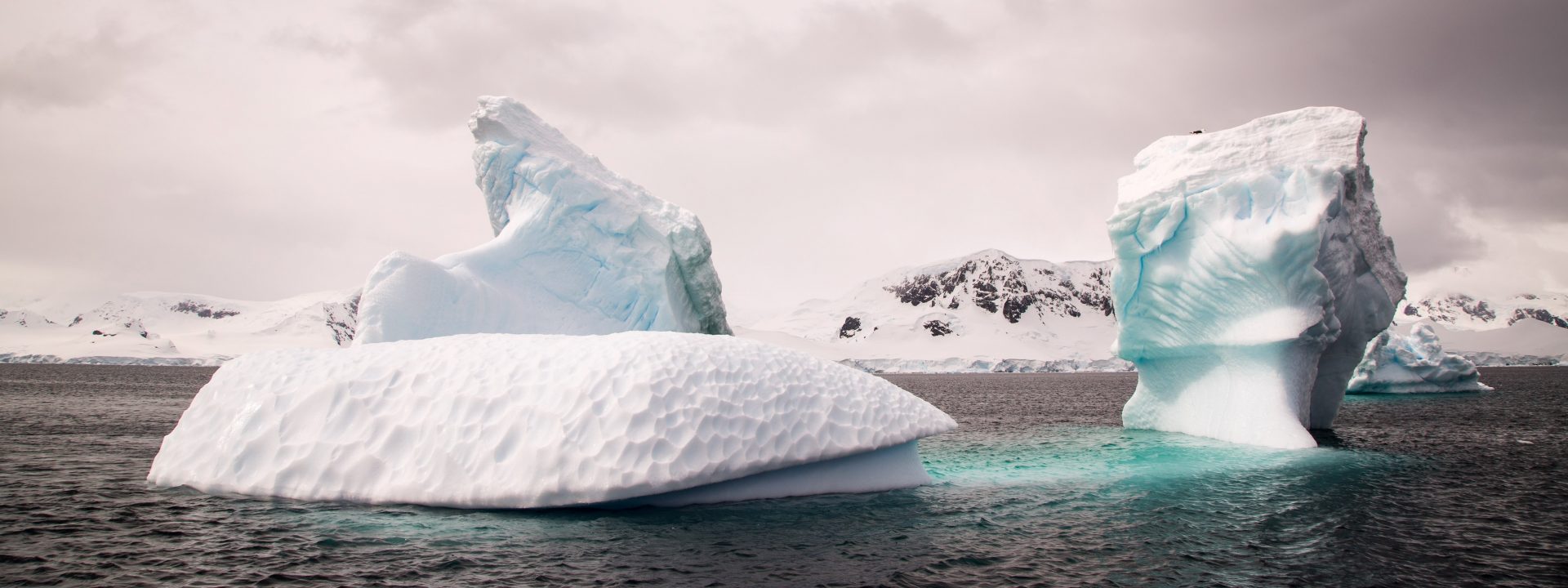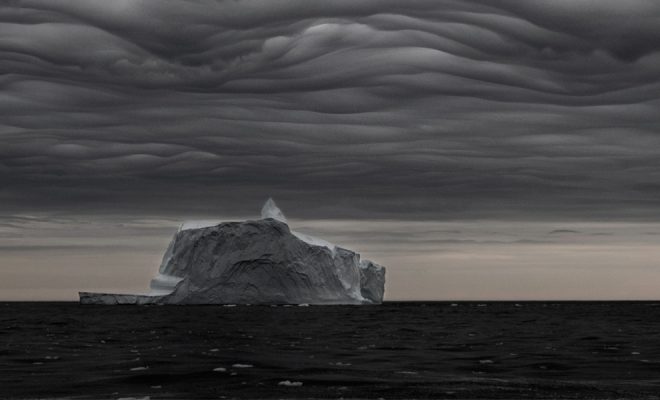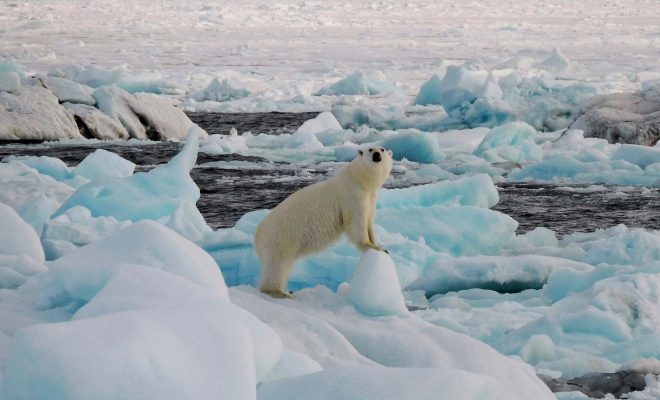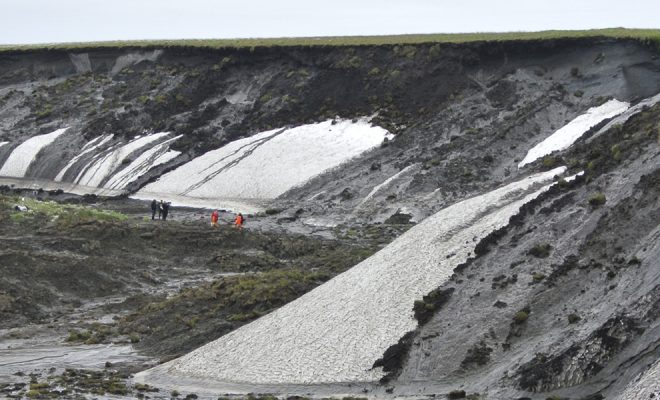In recent years, scientists have warned of several environmental degradation processes that cause phenomena which can accelerate climate change to points of “no return” with very negative consequences. These processes, like the melting of polar ice caps and permafrost, or the growth of bacteria that digest plastic, add uncertainty to climate forecasts and, as a consequence, to change adaptation plans in the most affected regions.
Recently, the possible alteration of the dynamics of oceans adds a new threat of unpredictable consequences that must be closely monitored. A study involving oceanographers from the University of Potsdam (Germany) has detected that the Gulf Stream has slowed by 15 % in the last few decades, an unprecedented fact in the last 1,000 years.
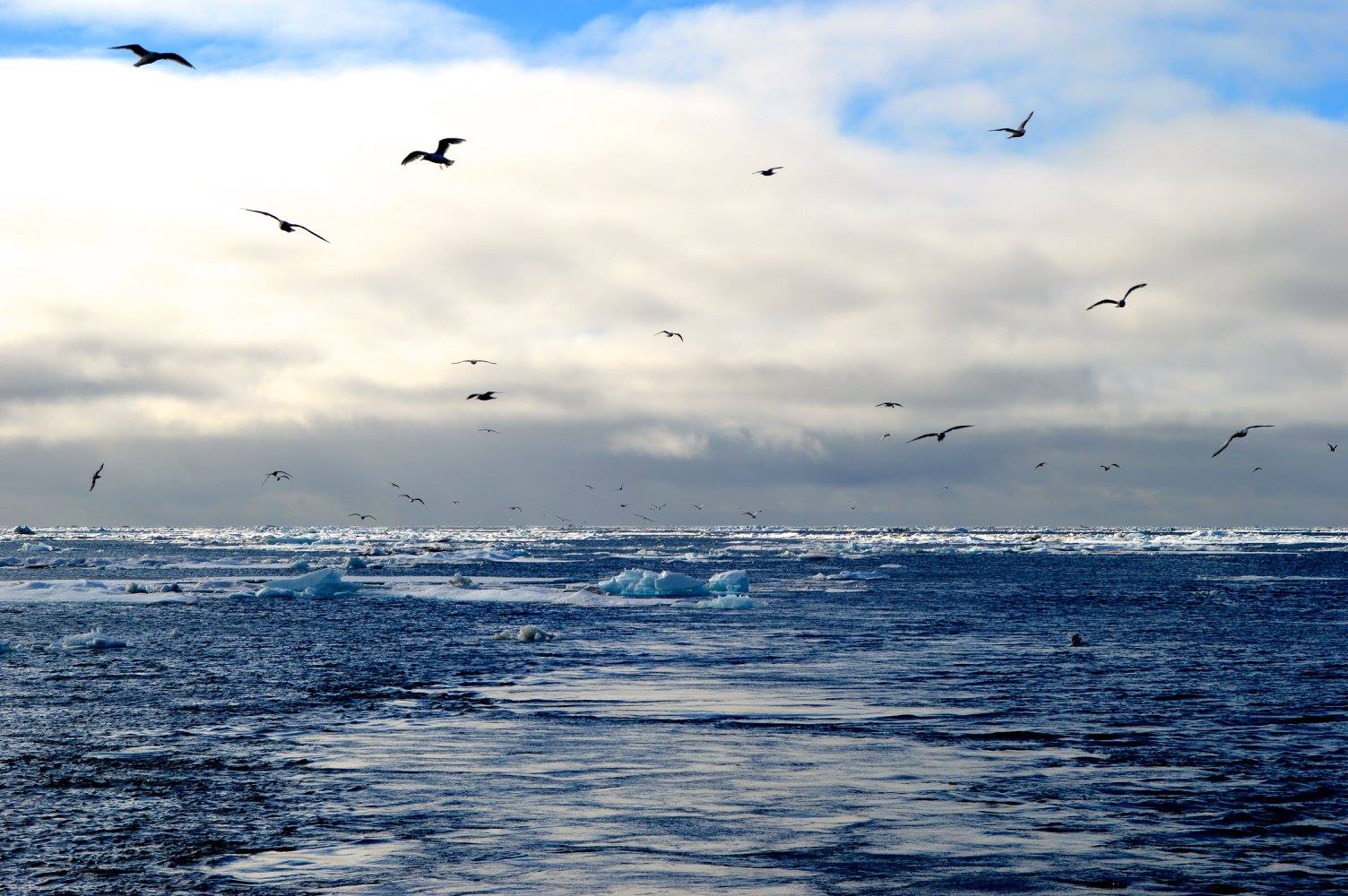
The Gulf Stream moves around 30 times more water than all freshwater rivers in the world combined, and operates as an energy conveyor belt. © Kim Kenny / WMO
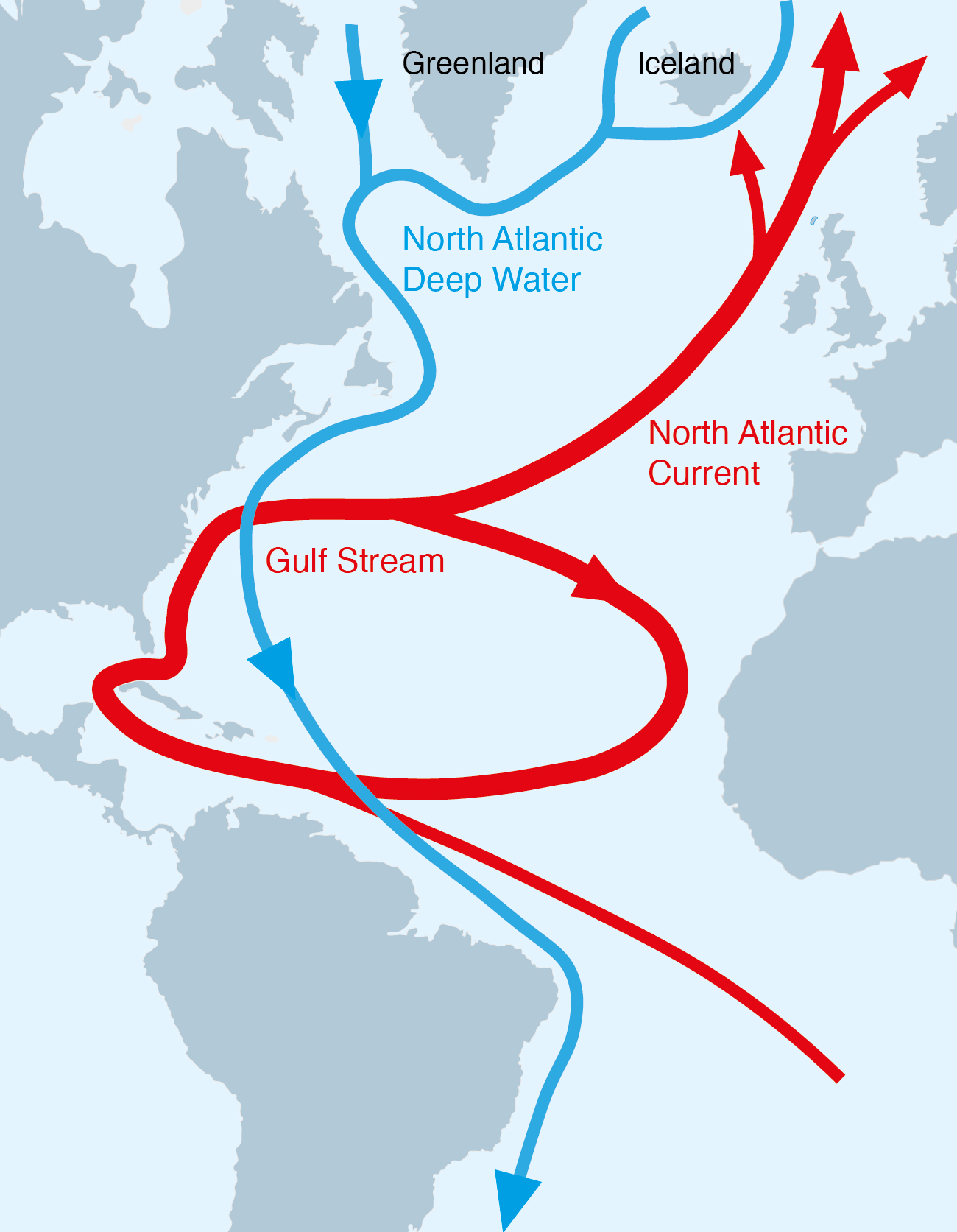
[Dib 1] Simplified diagram of the AMOC. In red the streams of warmer water. In blue, the deeper streams of colder water. © We Are Water Foundation
A gigantic transport of energy
The Gulf Stream is a gigantic ocean “river” that originates in the Gulf of Mexico and flows on the western side of the North Atlantic Ocean, dividing into several streams after reaching the north of Europe. This stream moves around 30 times more water than all freshwater rivers in the world combined, and operates as an energy conveyor belt: according to estimates, it supplies the coast of Scandinavia with the equivalent heat to 78,000 times its current energy consumption.
This heat transfer causes the water to cool when it reaches the north of Europe and Iceland, thereby increasing its density. This heavier water sinks and flows towards the south through the deepest areas of the ocean, forming the so-called Atlantic Meridional Overturning Circulation, commonly known as AMOC. This circulation of water masses caused by differences in their density has a key influence on the dynamics of all the world’s oceans and is a determining factor of climate balance and the distribution of life in the seas of which the food security of millions of people depends.
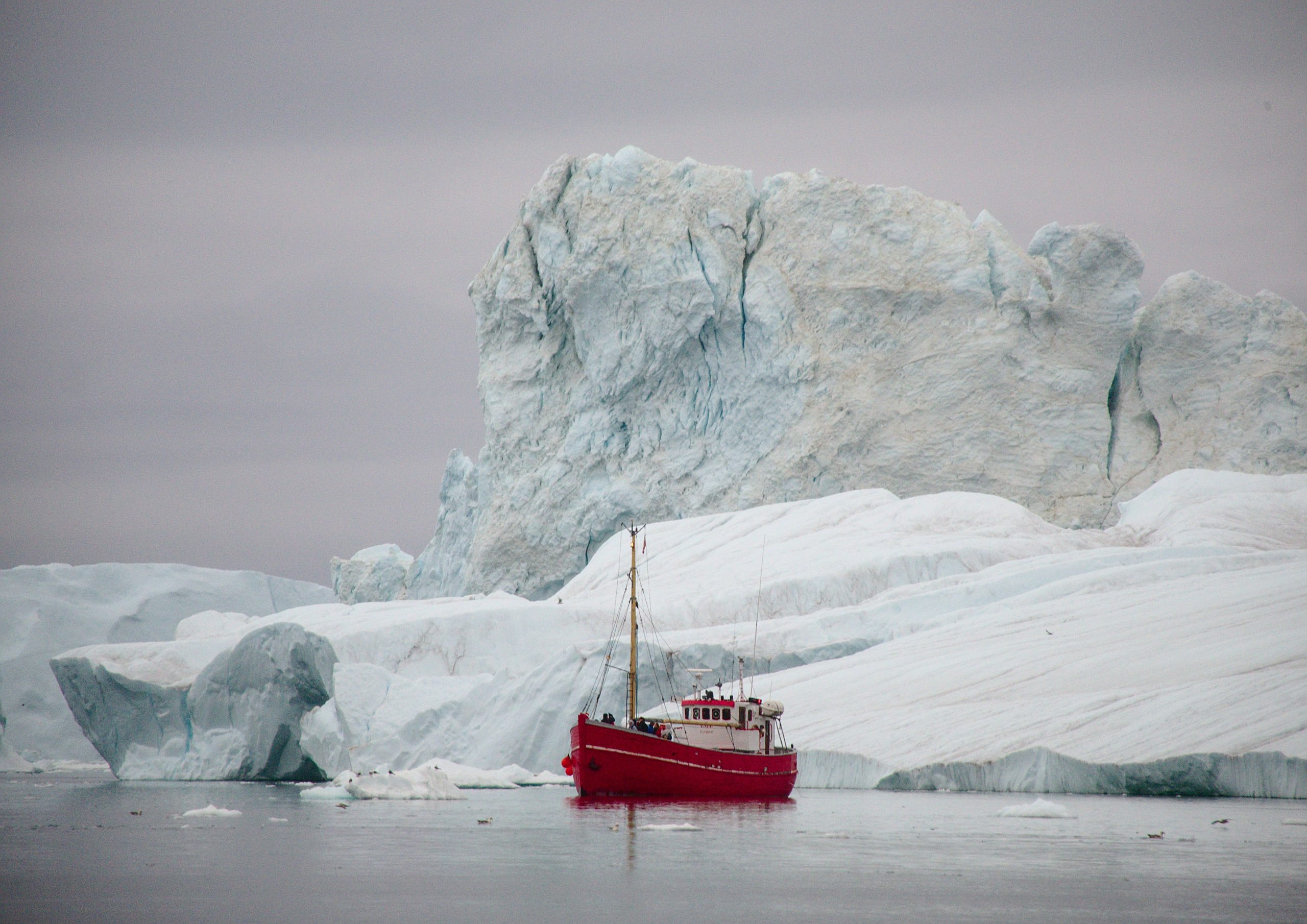
Scientific boat studying the thaw in Greenland © John Lavelle / WMO
Melting ice, a hindrance for oceans
The causes of the weakening of the North Atlantic currents are varied, but most scientists assure that the most evident one is the melting of polar areas, particularly Greenland, due to global warming. Fresh water from melting ice is lighter than salt water and “floats” on the surface preventing the sinking of the denser salt water and therefore affecting the underwater flow and hindering the AMOC.
It is accepted evidence by the vast majority of scientists that the melting of Greenland is accelerating. Its ice sheet is estimated to melt approximately six times faster than in the 1990s. It is currently estimated to be losing around 270 gigatons of ice and snow mass per year; the equivalent to around 110 million Olympic swimming pools spilled into the North Atlantic Ocean. Everything suggests that the problem might worsen progressively in the next few decades if the goal set by the Intergovernmental Panel on Climate Change (IPCC) to limit global warming to 1.5 ºC is not met, as explained four years ago in its Special Report on Global Warming of 1.5°C, known as SR15.
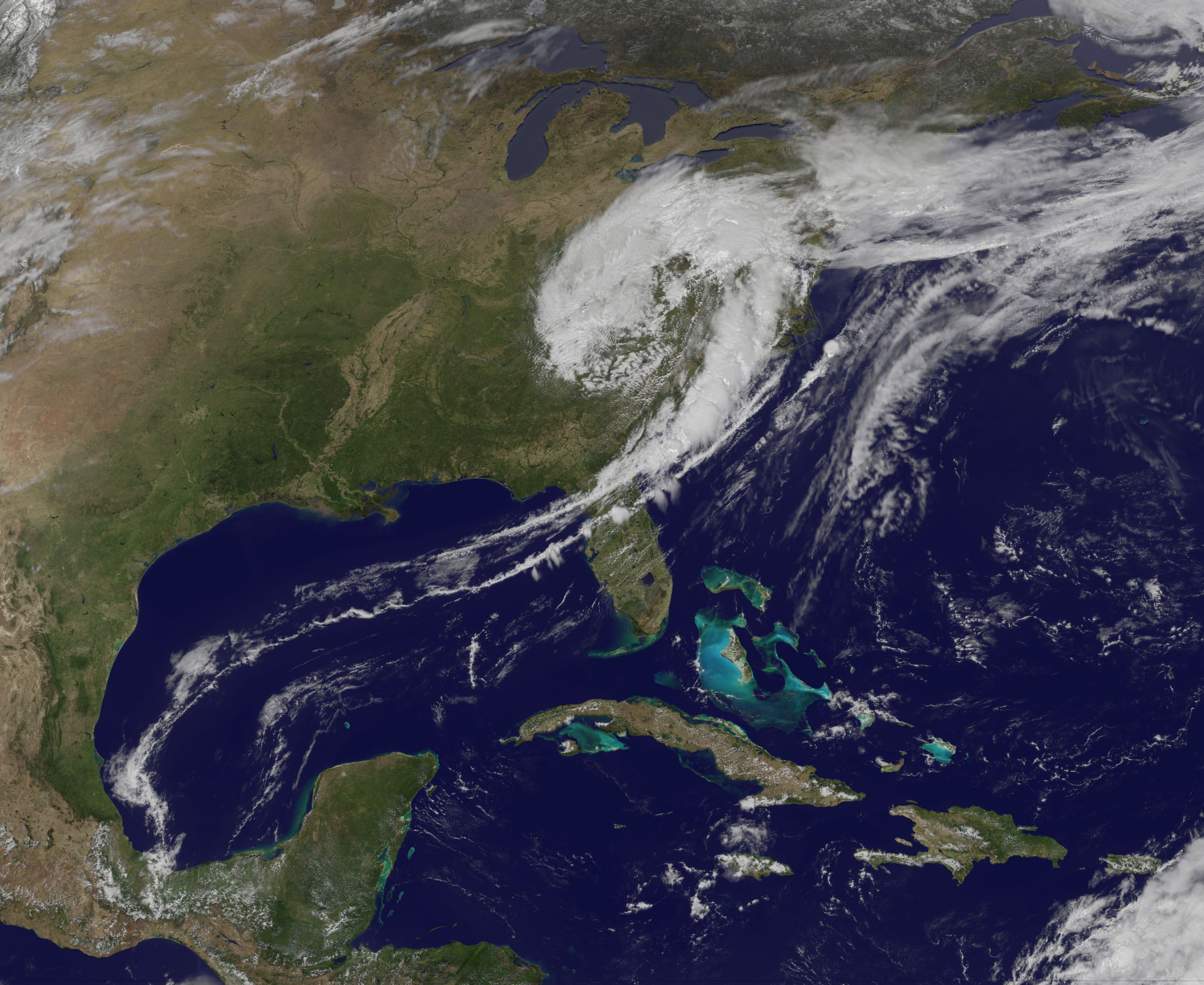
A weakening of the AMOC would have important climate and geological effects. In the east coast of the US would be threatened by a drastic rise in sea level. © NASA
Warning of a possible tipping point
The weakening of the AMOC is an example of a possible “turning point” of factors that are difficult to predict in the Earth’s climate system. It can trigger other mechanisms over which we have no control and which would certainly have very negative effects.
This has already occurred in the past. By analyzing tree rings, ice cores and ocean and lake sediments, scientists are convinced that the AMOC has weakened and altered before in the last 13,000 years. Each time this has happened, climate alteration on Earth has been sudden and dramatic.
In the current planetary situation, a weakening of the AMOC would have important climate and geological effects. In Europe, a further slowing of the Gulf Stream could cause more violent meteorological phenomena in winter and more intense summer droughts. In northern Africa, rainfall would tend to decrease and in the tropical and subtropical region of the Atlantic Ocean, the increase of water temperature and the subsequent increase of vapor in the atmosphere, factors which have already appeared, could increase the virulence of hurricanes and the extension of their season. On the other hand, the east coast of the US would be threatened by a drastic rise in sea level, as was the case in 2009 and 2010, when the Gulf Stream inexplicably weakened by 30% and the rise in sea level broke a 100-year record in tide gauge readings.
The study of the consequences of the alteration of sea currents shows the inevitable interrelationship of all parameters that govern life on Earth. Knowing the ocean means knowing the atmosphere, rivers, ice, forests. Nothing is isolated. In order to save any habitat, it is necessary to save all others.


